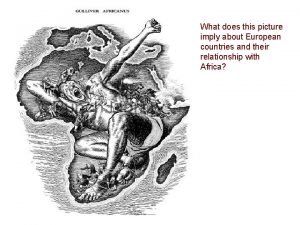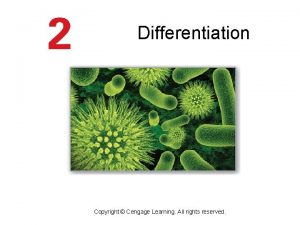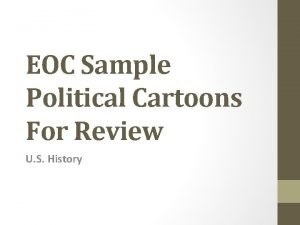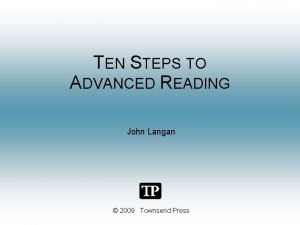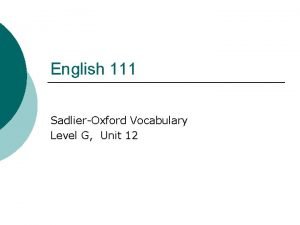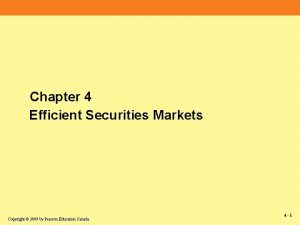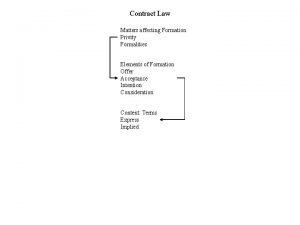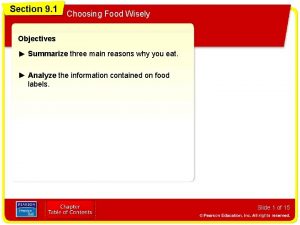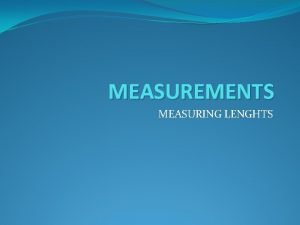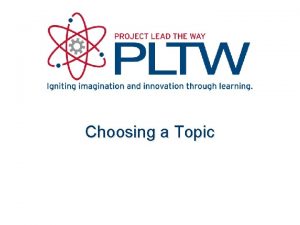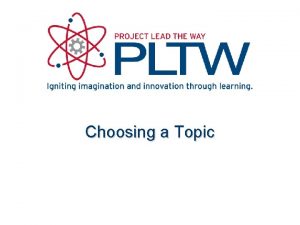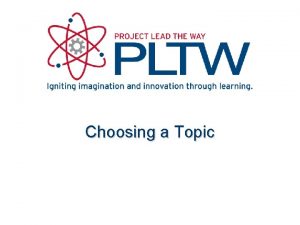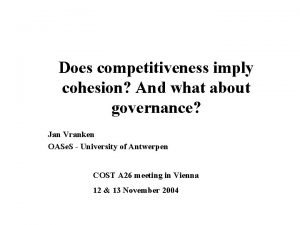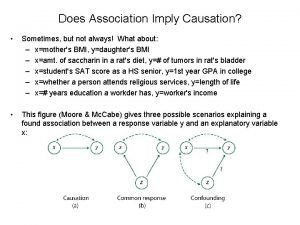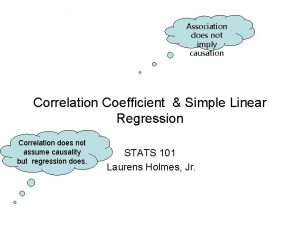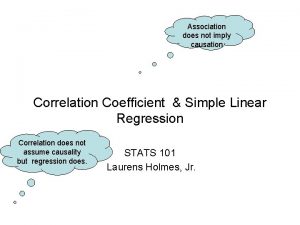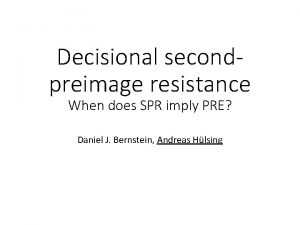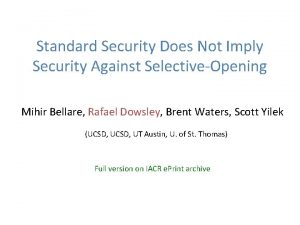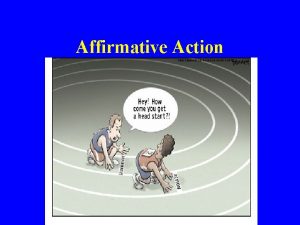What Does Integration imply in Choosing a Unit


















- Slides: 18

What Does Integration imply in Choosing a Unit of Enumeration: Enterprise, Holding or Individual? Does it Matter? Perspectives from Africa Willis Oluoch-Kosura, CMAAE / U. o. N

Outline • • • Introduction Importance of statistical integration Drawbacks of integration Limitations to statistical integration Opportunities

Introduction Statistics applications development & scientific sectors: Describe reality of people’s lives; § Evidence to develop & monitor development policies; § Management & delivery of services; § Tracking progress & assessing policy impacts; § Enhance resource management

• Statistical application faces challenges; • Solution: Statistical integration üframework of applications, techniques and technologies ücombining disparate data to provide the user with a unified view of the data success based on rapid adoption of databases with capacity to share or merge existing data repositories for bridging the information gap

Importance of Statistical Integration • Richer databases for detailed & extensive analyses; • Reduced cost of planning & data collection; • Lower burden on respondents; • Promote definitions, standards & classifications – data accuracy & coherence • promote data scrutiny and quality

• Harmonize methods for comparative analysis between units or time scales; • Promote use of common tools & processes in statistical analysis; • Promote methods of data storage (databases); • Economical use of human capacity to prepare, analyze & interpret data - reduces cost of specialized training; • Detailed view of the situational analysis than usingle data source;

Drawbacks of Integration • Lower flexibility of data collection, storage & management: ü Time Adjustment for collection – seasons annually; data than ü Sampling unit size adjustment – zones than holdings, hectares than acres ü difficult to integrate household & agricultural data if sample frames don’t correspond

Limitations to Statistical Integration (A) Related to data collection process • Varying data needs and sources - Different problems, needs, variations in questions, questionnaires, depth of coverage & data collected • Use of varying local units – agric household than holding itself, varying/no regard to sampling unit size, Varying units for estimating production

• Varying production methods farming techniques, spacing & management; • Surveys based on recalling power annual than seasonal, hence, subjectivity; • No standard sampling unit ü Household (single, nuclear, extended) ü Holding (hectare, acre, etc) • Diseases – wipes out sampling units

• Varying sampling methods – cater for problem, data needs & available resources (random, stratified, multi-stage sampling etc) • Migration & cultural barriers – inaccessibility to sampling units or main respondents (men) • Insecurity & conflicts – deaths, migration, hostile environment for data collection

(B) Institutional & technical constraints • Policy & legal constraints – copyrights, data protection Act 1998, security reasons, commercial value, varying national data policies • Weak national statistical systems – not well developed, low skilled manpower, loose attachment with data producers • Poor IT infrastructure - inefficient IT connectivity - hard to adopt new technologies

• Varying technologies & requirements – varying user interfaces, development environment, metadata repository to document, security & management frameworks • Data inconsistency and poor quality – varying methods of collection, poor storage formats & inadequate presentations (e. g. no metadata), lack classifications

• Weak coordination & collaboration among data producers üno reference to NS offices, üno co-ordination between them.

Opportunities • Growing IT technologies – (internet, CD-ROMS, databases and GIS) ü allow new ways of production by easing calculations and comparisons ü reduce costs dissemination of production & ü establishment of data dissemination centres ü wider & faster data dissemination than through printed publications

• New financing opportunities to support NSS üWorld Bank's Trust Fund for Statistical Capacity Building üSTATCAP üAfrican Development Bank & designing & updating of NSDSs DFID - üAFRISTAT for enhancing consistency & comparability of statistical data üPARIS 21 to implement NSDSs for better national statistics by 2010

• Increased data demand by research agencies and nations • Increasing cooperation between nations or agencies üfor resources mobilization üstandards & procedures for integrated systems üconflict resolution collection to enhance data

• Existing data from national international research bodies &

Thank you
 What does the picture implies
What does the picture implies Does continuity imply differentiability
Does continuity imply differentiability What does the title imply?
What does the title imply? Circular shape of the advent wreath
Circular shape of the advent wreath What does the man on the park bench represent
What does the man on the park bench represent What does the picture imply?
What does the picture imply? Who is macduff in macbeth
Who is macduff in macbeth 6 choose the correct answers
6 choose the correct answers Level f unit 12 synonyms
Level f unit 12 synonyms Three dimensions of corporate strategy
Three dimensions of corporate strategy Horizontal integration
Horizontal integration What is simultaneous integration
What is simultaneous integration Unit 6 review questions
Unit 6 review questions Efficient securities markets imply that
Efficient securities markets imply that When will the courts imply terms into a contract
When will the courts imply terms into a contract The great gatsby vocabulary chapter 1
The great gatsby vocabulary chapter 1 Choosing foods wisely quiz
Choosing foods wisely quiz Choosing abstinence quiz
Choosing abstinence quiz Typical room height appropriate metric unit
Typical room height appropriate metric unit
